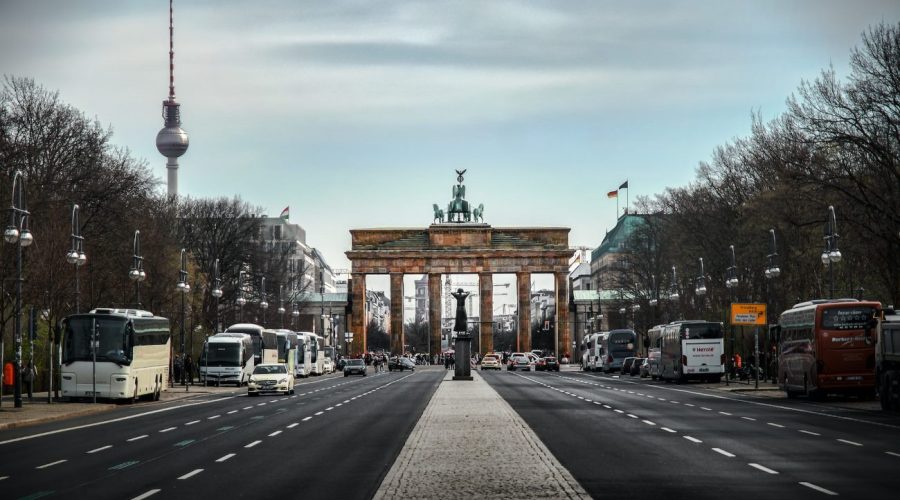Which Side of Berlin was Free?
Introduction
Divided in two after the Cold War and now capital of Germany, during the Cold War, Berlin was effectively in two: East Berlin, ruled by the communist government, and West Berlin, ruled by the Western powers.
The Division of Berlin
Following World War II, Berlin was separated into four different zones controlled by the Allies, the United States, the Soviet Union, Great Britain, and France. In the beginning, the city was run as a shared responsibility of the four powers, but conflicts emerged, resulting in two different German states.
In 1949 the German Democratic Republic (East Germany) was formed, also with the capital in Eastern Berlin. Währenddessen wurde auf der anderen Seite des Zauns die Bundesrepublik Deutschland (Westdeutschland) gegründet, dessen Hauptstadt Bonn wurde.
The division of Berlin was a physical symbol of the ideological split between East (communist) and West (democratic) in the context of the Cold War. The Berlin Wall constructed in 1961 was the most emblematic representation of this split.
Which Side was Free?
West Berlin, from a geographical perspective within East Germany, was seen as the “free” part of the city. It was under the control of the Western Bloc and in particular under the influence of the USA, and it existed with the principles of democracy, i.e. of freedoms of speech, of the press and of assembling.
However, East Berlin was controlled by Soviet Union and East German communist government. It was a system of little political liberty, and command economy.
Life in the Two Sides
West Berlin
Despite being an exclave of East Germany, West Berlin flourished economically and culturally. It went through a rapid post-war reconstruction, to which Western Allied investments contributed.
West Berlin was a top choice for artists, musicians and intellectuals because of its de rigueur cultural scene. It was considered to be a symbol of freedom and open doors to the glass wall of communism.
East Berlin
Living in East Berlin was all heavily dominated by the communist regime. The government dominated almost all areas of life, including media, education and the economy.
In contrast to the West, living conditions in East Berlin were quite more difficult overall. The economy was suffering badly and there were few consumer items to buy. East Germans could not travel uncontrolled and had a limited access to Western knowledge and culture.
The Fall of the Berlin Wall
The physical hundred-meter barrier between East and West Berlin, a divider, known as the Berlin Wall, was taken down in 1989. This occasion signified the commence of the reunification of Germany.
The Berlin wall came tumbling down symbolizing the extent of the end of the Cold War and the merger of the two German states. It brought about great political and social transformations and new liberties to the citizenry of East Germany.
Conclusion
During the Cold War, the “free” side of Berlin was West Berlin, which was run in the Cold War context by the Western Allies and by democratic principles. On the other hand, East Berlin was administered by the communist state and had no political freedom.
The division of Berlin was material expression of broader ideological conflict between communism and democracy. The fall of the Berlin Wall was a turning point in history, which paved the road to the reunification of Germany.
Table of Contents



